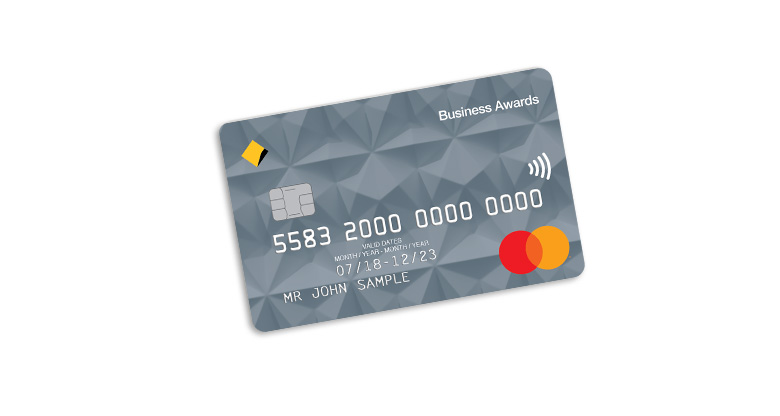
VantageScore can be described as a credit score that lenders use in order to assess potential borrowers. Although credit card companies often use it, it's also used by fintechs and lenders of installment loans. VantageScore credit scores are used in nine of ten banks and credit unions across the country.
FICO
While both VantageScore and FICO scores are used to calculate your credit score, they are not exactly the same. FICO scores require at least six months of account activity to get a score. VantageScore scores don't consider the number of accounts or frequency with which you use them. VantageScore requires that you have one active credit credit account, but not any minimum credit history.
The calculation method behind the VantageScore is very complicated, and it differs between different lenders. You can still get a better understanding of your credit health if you keep both scores in mind. A VantageScore of 623 is considered a good credit score. It is just below the fair credit cutoff.
VantageScore
VantageScore is the consumer credit scoring system. It was created through a joint venture among three major credit reporting agencies in 2006. Each of the three major credit bureaus owns 50% of the VantageScore management company. The credit scoring system is designed to aid consumers in making financial decisions.

VantageScore uses machine-learning to determine credit risk. This means it can rate people with limited credit histories. The company claims that it can rate up to 30 million people. If you're new to credit, your VantageScore may not be visible for several months, or even a whole year.
FICO 8
FICO 8 is based on similar calculations. VantageScore, however, differs in the weighting of its factors. FICO uses credit reports to calculate your score. VantageScore relies more on personal information like income and political opinions. VantageScore doesn't offer percentages for every factor and focuses instead on "influential".
Both FICO, and VantageScore formulas both consider payment history to be a major component. FICO places payment history at the top of the list, while VantageScore ranks it as the third-most important. The age of your credit history and the type of credit accounts you have also influence your score. VantageScore also takes into account credit usage. The VantageScore recommends that your credit limits be kept below 30%.
VantageScore 4.
VantageScore4.0 is a new model for credit scoring. It incorporates machine learning techniques that provide higher accuracy scores. The increased accuracy does NOT necessarily mean a higher score. The new model may have an impact on your score but the fundamental factors that determine your credit score won't change.
Many financial institutions use this scoring system, including banks, credit card issuers and utilities. Consumer websites are also incorporating the system into their websites. When you apply for a rental property, you will be required to submit your VantageScore.

Tenant Data vantage credit score
TenantData's VantageScore 30.0 scoring model, which TenantData has developed, will impact tenant screening and the rental industry. The FICO credit score remains the industry's dominant credit score. However, the new model claims to be more accurate. The new model is similar to the FICO credit score range, but it has important modifications.
VantageScore can be defined as a number between 300 to 850. A score of 661 and higher is considered ideal. A score below 660 indicates that improvements are necessary. Tenants may consider paying off their debts and making regular rent payments to improve their VantageScore. These past and future rent payments are then reported to their credit report, which helps improve their credit score.